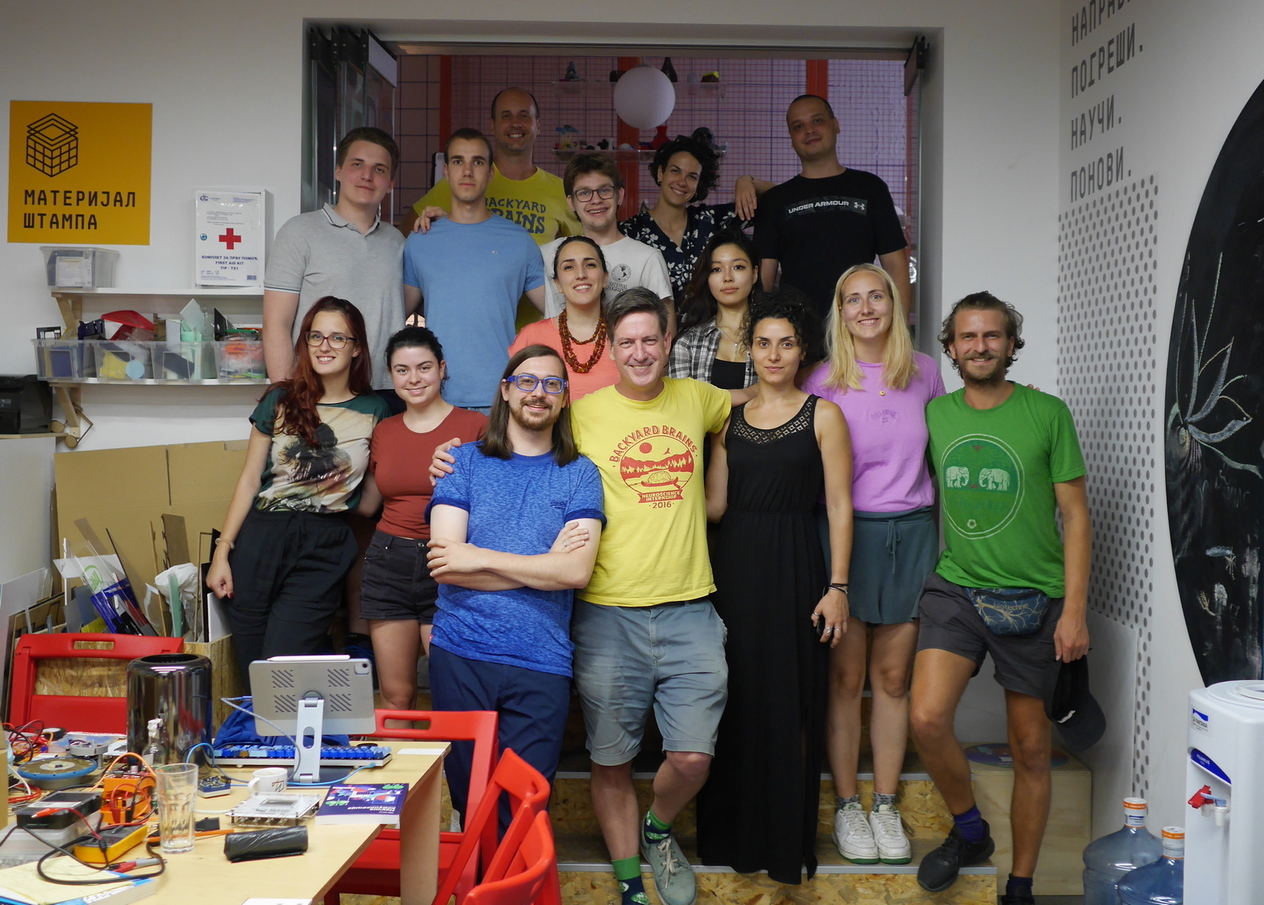-
 FellowshipOver a dozen busy bees, 5 research projects, 4 hot weeks of July, countless data, iterations and coffee cups, one book of experiments to soak it all up and present to the wider audience — and the Backyard Brains 2023 US-Serbian Summer Research Fellowship rounds off. The result will hit the shelves this fall, with […]
FellowshipOver a dozen busy bees, 5 research projects, 4 hot weeks of July, countless data, iterations and coffee cups, one book of experiments to soak it all up and present to the wider audience — and the Backyard Brains 2023 US-Serbian Summer Research Fellowship rounds off. The result will hit the shelves this fall, with […] -
 Fellowship— Written by Petar Damjanovic — If I were to show you a photo of a Rolex watch and a face of an unknown person, you’d probably be more interested in the prestigious, shiny object than the random stranger, right? However — and this may come as a surprise — your brain is much more modest […]
Fellowship— Written by Petar Damjanovic — If I were to show you a photo of a Rolex watch and a face of an unknown person, you’d probably be more interested in the prestigious, shiny object than the random stranger, right? However — and this may come as a surprise — your brain is much more modest […]